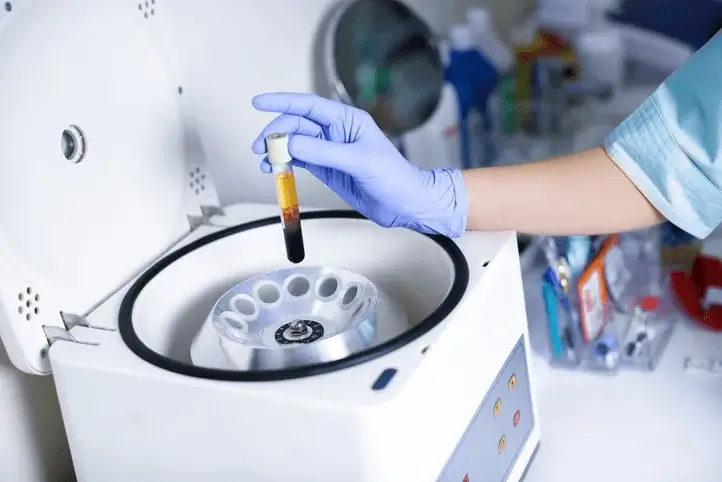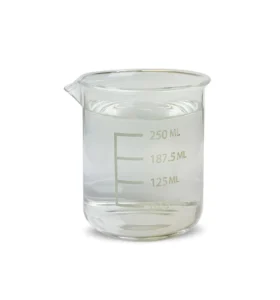Generally, separation by centrifugation is applied in separating mixtures based on differences in density.
The process involves spinning a mixture at high speeds in a centrifuge, a machine that rotates rapidly around a central axis. As the mixture spins, centrifugal force is applied, causing the components of the mixture to separate.
The denser components move towards the outer edges of the spinning container, while less dense components remain closer to the center. This results in the formation of distinct layers or phases within the mixture.
Once the centrifugation process is complete, the layers can be carefully extracted or decanted, allowing for the separation of the components.
Centrifugation is often used in diaries to separate lighter cream from milk. The milk is rotated at high speed in a container. The lighter cream separates and collects in the center. It floats on the top of the milk and is separated.

One perfect example of a mixture that necessitates the use of centrifugation is the separation of fine particles suspended in a liquid. Such a mixture cannot be separated by simple filtration via a filter paper because the fine particles will easily pass through the filter paper.
Applications of Separation by centrifugation
- Separating butter from curd
- Separating coagulated blood and blood plasma in pathological laboratories
- Separation of precipitates during urine test
- Separating cellular components in biological samples, such as isolating proteins, DNA, or organelles from cell lysates.
- Separating water from wet clothes in washing machines.
- Purifying substances from complex mixtures, such as separating nanoparticles or colloids from a suspension.
Image source: 1, 2



